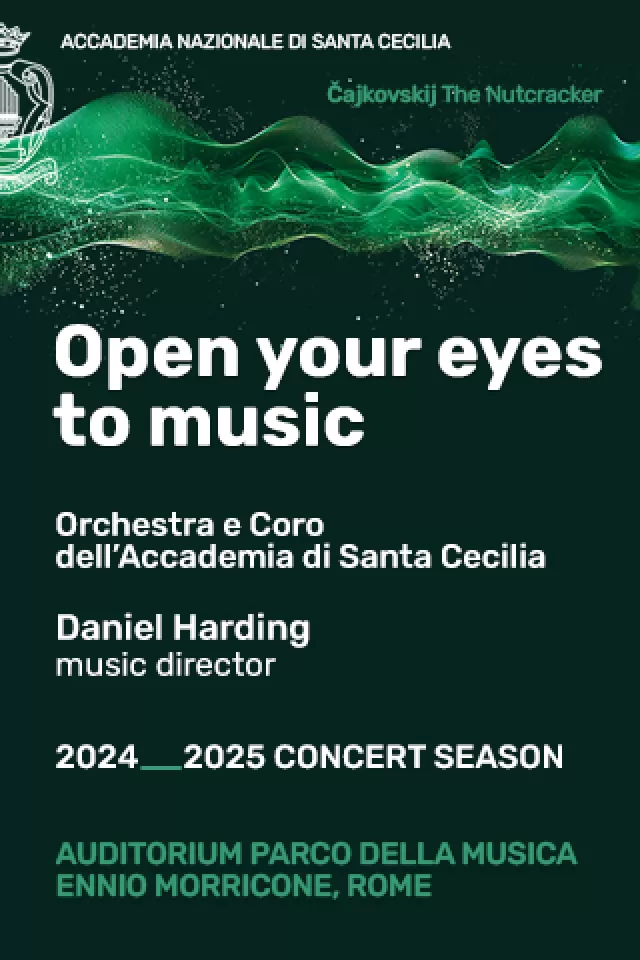A golfing centenary
This year Italian golf celebrates the venerable old age of 100. The sport was officially launched in Italy when Romes Acquasanta Golf Club situated between the ancient and new Appian ways and a stones throw from the tomb of Cecilia Metella was founded in 1903. The initiative followed a pattern familiar to many countries, when groups of mainly British and American embassy personnel and expatriates filled the golfing gap by founding their own clubs. It is possible that prior to the constitution of the club at Acquasanta, keen golfers played some form of the game at Villa Doria Pamphilj and Villa Borghese, but no proof of this has been found. It is a fact, however, that the already established Rome Golf Club settled at Acquasanta in 1903. Among the few surviving documents of that time is a letter signed by Sir Hector de Castro, then the American consul and also honorary secretary of the club, requesting an assembly of its members on 12 January of that year, to be held at the British Consulate, then situated in Via Condotti 20. Later that year, a stretch of land beside the Appian Way, part of the vast Torlonia estates, was negotiated for the construction of the course, the agreed yearly rent being L.2.900, the equivalent of e1.50 today.
The area, traversed by the narrow Almone river and dominated by the arches of the Acqua Marcia and Claudia aqueducts, splendidly visible from several holes of the course, was known as Acquasanta. And Rome being Rome, the name Acquasanta naturally has a rich history behind it. Numa Pompilius, successor of Romulus, the legendary founder of Rome, met regularly with the nymph Egeria on or near the present grounds to discuss religious policy. When the second king of Rome died, Egeria wept so copiously that she was transformed into a spring. Traces of the shrine and fount dedicated to the bereaved nymph can still be found not far from the club. The spring was rediscovered at the beginning of the 17th century by a local ploughman, who benefited from its apparently miraculous qualities. Word spread and Pope Paul V recommended bathing in the springs healing waters. Hence the name Acquasanta, which in English translates into holy or blessed water. Distracted golfers looking for their lost balls may still find traces of the baths near the first and second holes of the course.
Battles other than golfing ones have taken place at Acquasanta. In the late 18th century, when the Napoleonic Roman republic was still in its infancy, Acquasanta was the site of a military encampment, complete with fortress. General Championnet, then commander-in-chief of the army of Rome, defeated British and Neapolitan forces there, the heart of the battle apparently taking place near what is now the third hole. However Acquasanta escaped the second world war unscathed. The Acquasanta fortress and club were occupied but unharmed by the Germans in 1944, and subsequent bombing by the Allied forces in the area didnt touch a single blade of grass on the fairways or greens. We would be crazy to destroy the only 18-hole golf course south of Florence was the reputed comment of the bomber pilots when asked the reason for such a miracle.
Not many years after Acquasantas foundation, the patronage of the king of Italy was granted, but the opposition of one unnamed member meant it never became the Royal Rome Golf Club. However, Acquasanta was always the in place to be, and following on the heels of local and international nobility came the celebrities. Over the years, countless famous names were added to the visitors book, including that of actor Douglas Fairbanks, a Hollywood star of the 1920s and 1930s. Even today an aura of exclusivity permeates the clubhouse, which grew from the original small cottage to its present magnificence overlooking a course now lined with shady umbrella pine trees and green cypresses. Not only is Acquasanta Italys first golf course, it is also one of its most natural, as it evolved from the undulating landscape. Some of its 18 holes are positively hilly, and the famous marane (shallow ditches) that wander through them constitute signature obstacles.
To mark the centenary, a commemorative stamp featuring Acquasanta was issued last April. The player on the stamp is modelled on Roman professional golfer Ugo Grappasonni, who won several editions of the Italian Open. Centenary celebrations, well under way at Circolo del Golf Roma Acquasanta, to give it its full name, will culminate with the Italian International Amateur Championships and the Nations Cup in September.
Picture: Swashbuckling actor Douglas Fairbanks receives the caddies' salute at Acquasanta.

















